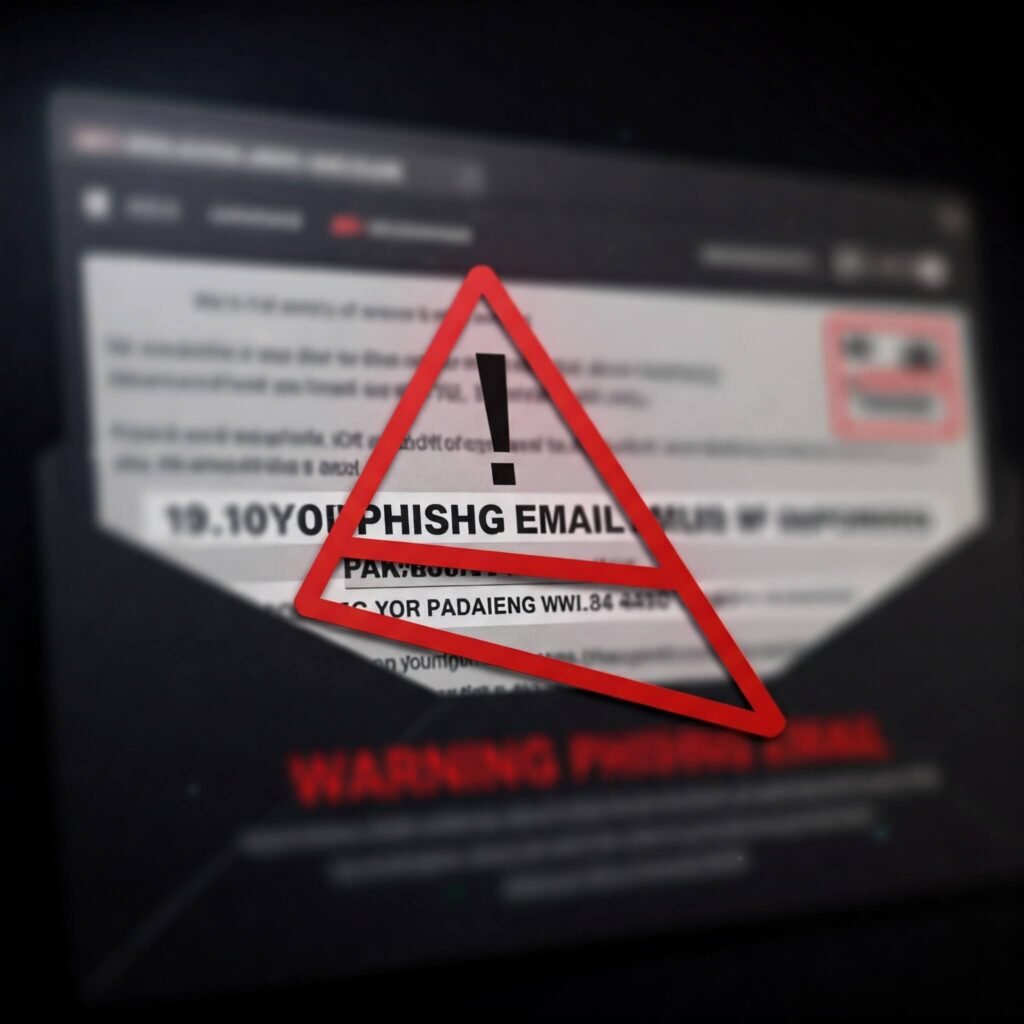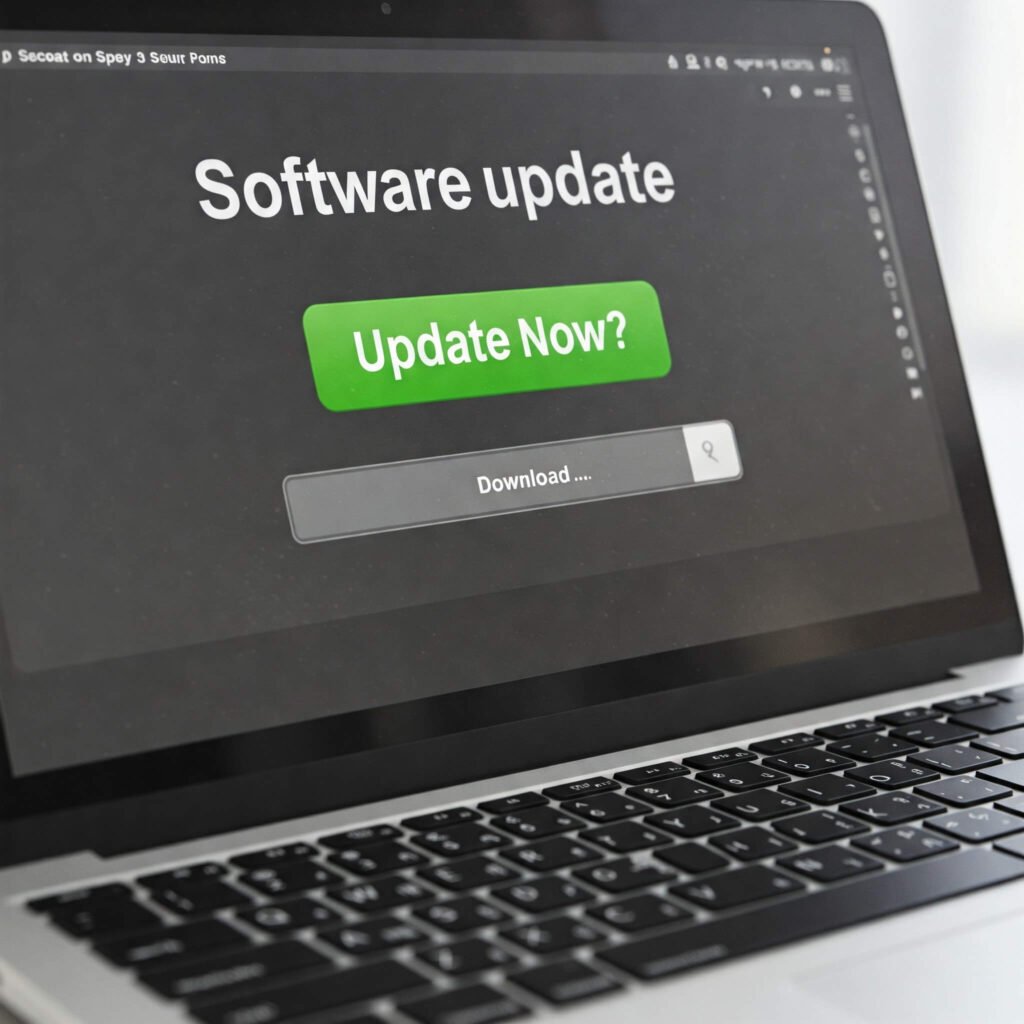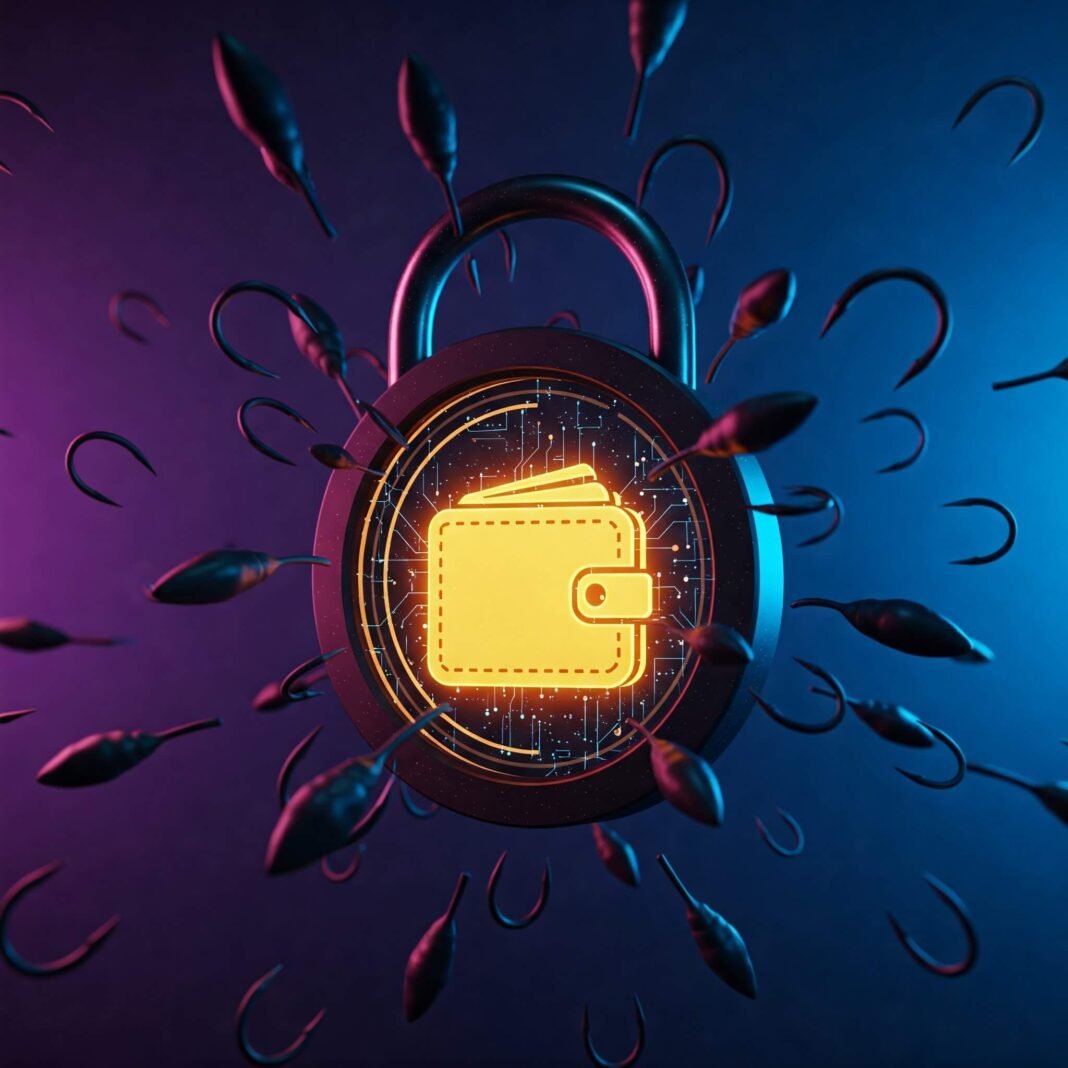Crypto phishing is like a digital pickpocket, and I almost fell for it. I was at a café last week, scrolling through my emails, when I got one that looked legit—like, it had my crypto exchange’s logo and everything. Spoiler: it wasn’t. These scams are sneaky, using fake login pages or emails to steal your keys. The global crypto market’s worth billions, so no wonder scammers are circling like vultures. Check out Coin Desk’s guide on phishing scams for more on how these jerks operate.
- Fake emails are too real: They look like they’re from your exchange, but one wrong click and your crypto’s gone.
- Shady links are everywhere: I clicked one thinking it was my wallet login—big mistake.
- Social media’s a minefield: X posts with “free crypto” offers? Yeah, don’t trust ‘em.
My Cringe-Worthy Phishing Fiasco
True story: I got an email saying my crypto wallet was “compromised” and I needed to “verify” my account. I was half-asleep, my cat knocking over my coffee, and I clicked the link like a total noob. The page looked real, but something felt off—thank God I didn’t enter my keys. I checked Kaspersky’s phishing tips later and realized I dodged a bullet. Crypto phishing preys on your panic, and I was this close to losing everything.

How Crypto Phishing Works (and Why I’m Paranoid)
Crypto phishing’s like a bad magic trick—scammers make you think you’re safe, then poof, your money’s gone. I was chilling in my apartment, the radiator hissing like a snake, when I got a text saying my wallet needed “urgent action.” My heart dropped, but I’m learning these scams thrive on fear. They use fake websites, emails, or even DMs on X to trick you into giving up your private keys or seed phrases. CNET’s cybersecurity tips break it down better than I ever could.
The Sneakiest Crypto Phishing Tricks
Here’s what I’ve learned (mostly by screwing up):
- Fake login pages: They look identical to your exchange or wallet, but the URL’s off by a letter or two.
- Urgent scams: Messages screaming “your account’s hacked!” to make you panic-click.
- Imposter accounts: Scammers on X pretending to be legit crypto influencers—yep, I followed one once.

My Tips for Crypto Phishing Protection
I’m no cybersecurity guru—my Wi-Fi password was “password123” until last year, so take this with a grain of salt. But crypto phishing’s taught me some hard lessons, and I’m sharing ‘em so you don’t end up like me, stress-eating ramen. Here’s how I’m trying to protect my crypto wallet:
- Double-check URLs: If it’s not the exact site (like, check for “https” and no weird characters), don’t log in.
- Use two-factor authentication (2FA): I set this up after my scare—Google’s 2FA guide saved my butt.
- Don’t click random links: Sounds obvious, but I learned the hard way. Hover over links to see where they really go.
- Keep your keys offline: I got a hardware wallet after my fiasco—expensive, but worth it.
My Latest Crypto Phishing Screw-Up
Last week, I got a DM on X from someone claiming to be a “crypto expert” offering a “free NFT drop.” I was hyped for, like, two seconds before I realized it was a scam. My apartment smelled like burnt popcorn (my fault, again), and I was so mad at myself for almost falling for it. Crypto phishing’s relentless, and I’m learning to trust my gut. Stick to verified sources and maybe don’t DM random “experts” back.

Wrapping Up My Crypto Phishing Rant
Crypto phishing’s a nightmare, but I’m learning to navigate it, one dumb mistake at a time. I’m just a guy in Brooklyn, surrounded by coffee stains and cat hair, trying to keep my crypto safe. It’s scary, but there’s something kinda empowering about outsmarting these scammers. My advice? Stay paranoid, laugh at your slip-ups (like my “password123” phase), and keep your keys locked down. Got your own phishing horror stories or tips? Drop ‘em in the comments—I’m dying to hear
Outbound Link: How to Identify and Avoid Phishing Attacks in the Crypto Space – OSL




